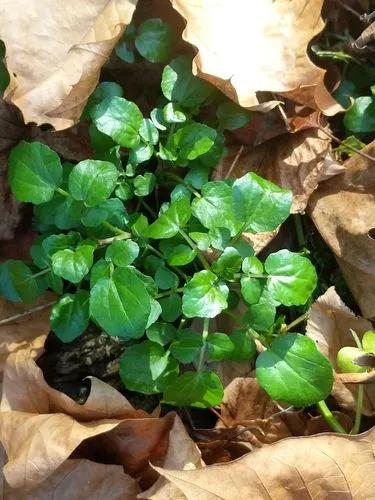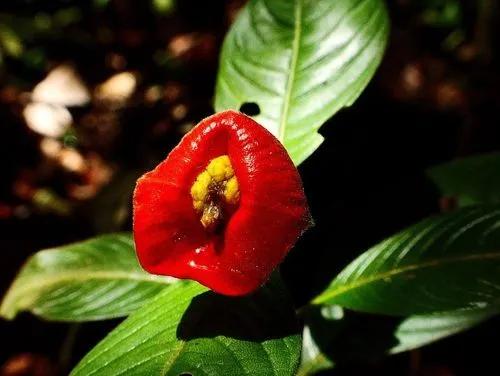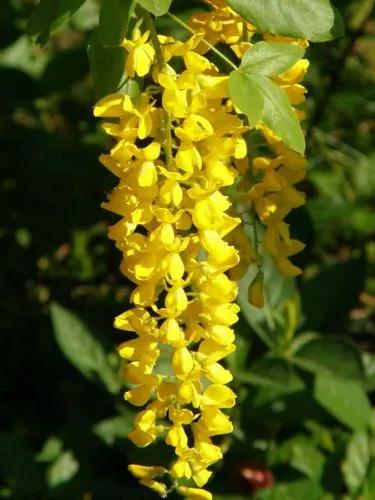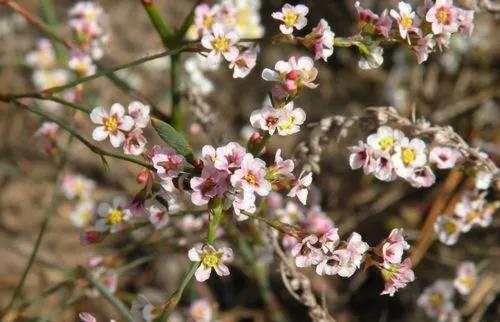The most popular among bromeliads — that's our Blushing Bromeliad. What a form, what a color! And maintaining it is not that hard.
Blushing Bromeliad Care
Neoregelia carolinae



Blushing Bromeliad originates from Brazil. Like a lot of rainforest natives, it grows on trees. With the help of small roots, Bromeliad attaches itself to the growing location. However, it is not a parasite. This plant doesn't use the resources of other beings.
This plant has saw-edged leaves with a rosette in the center. The plant is not very tall (12 inches (30 cm)), but it is pretty wide (25 inches (63 cm)). Before the flowers bloom, the center of the plant will turn pink/red. Eventually, the plant dies after the flowering period.
Blushing Bromeliad is not toxic for cats and dogs.
How to Care for the Plant

Water

Spray the foliage once or twice a week, fill the middle vase with water. But don't keep it soggy, especially in winter. Also, use purified or distilled water: salts and minerals may be harmful to a plant.

Pruning

Cut off at the base dead foliage to encourage growth.

Fertilizer

Blushing Bromeliad does not necessarily need additional fertilization. If you think otherwise, use fertilizers formulated for bromeliads and air plants. Do it once or twice per year, not in winter, though — it is a resting period.

Sunlight

It will burn under the direct bright sun, although the shade is harmful, too. West and east windows are the best solution.

Soil

The best variant for this plant is a mixture of orchid bark and standard potting soil, even parts.

Propagation

When the mother plant is dying, it produces several pups. Remove them as soon as the roots form and poot into a new container with a potting mix.

Temperature

Keep it warm and humid — 65-80 °F (18-27 °C).

Container

Use any well-drained container. Re-pot annually.

Fun fact

Due to leaves turning their color pinkish or reddish before blooming, the plant got a part of its name — blushing.

Popularity

5,982 people already have this plant 308 people have added this plant to their wishlists
Discover more plants with the list below
Popular articles






